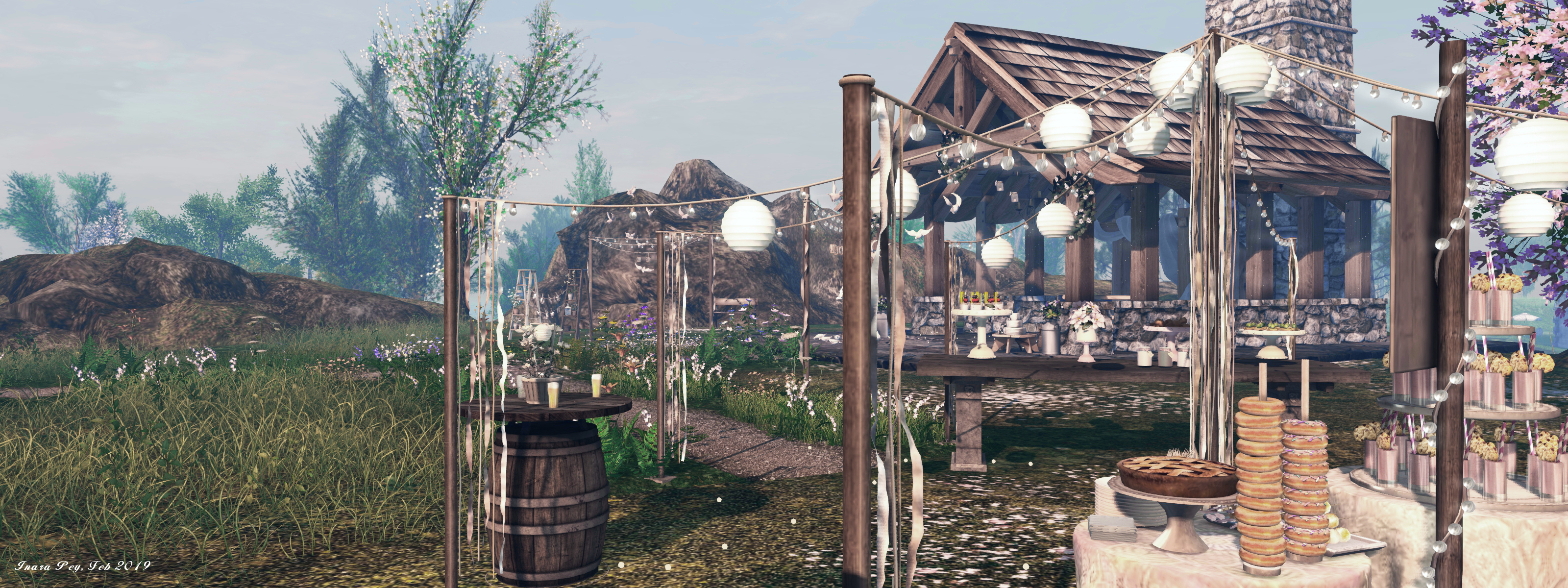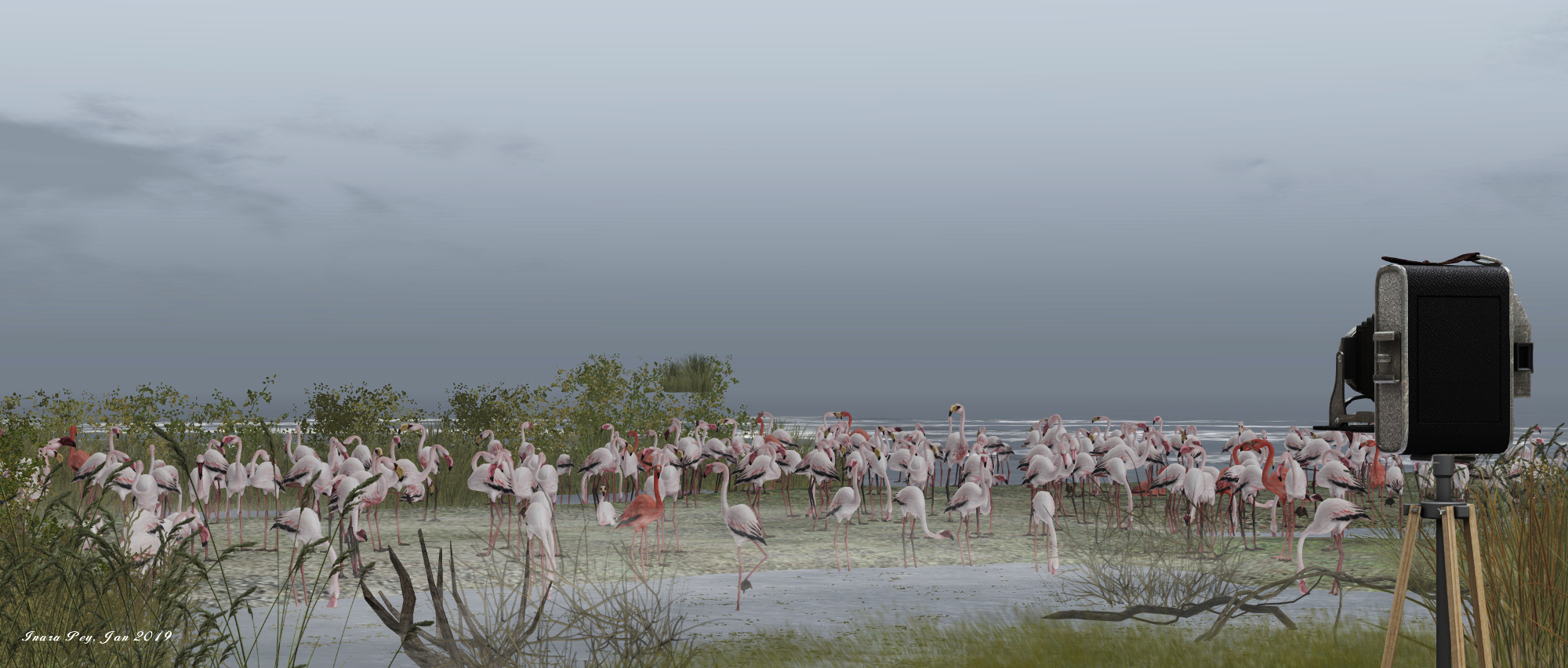Update and warning: Maderia Springs is now an adult-rated nude beach / BDSM location.
Maderia Springs, a Homestead region designed by Thaihiti Baroque, is a curious place; so much so that while we visited it over the weekend at the suggestion of Shakespeare and Max, it’s taken me a few days to settle my thoughts and write about it. Truth be told, I probably wouldn’t be writing about it now had it not been for the fact the region I had been in the middle of blogging was summarily closed to public access by its owner literally just as I was finalising my write-up!
The reason for my having to settle my thoughts is that while Maderia Springs has plenty of photogenic elements to it, it doesn’t, at the the first glance, exactly have a feel of a cohesive whole. Oh, certainly, elements are nicely linked in places: the landing point, the waterside shack and the large central house for example, while the house across the water feeds into this setting rather nicely, as do the cattle and horses. But the region also has a feeling of being more a set of discrete vignettes, rather than an individual whole, the roads and tracks more a convenient means of connecting them rather than being part of a landscape.
Thus, I’ve found the region a little hard to quantify in trying to describe it. In the end I decided to treat it as it appears: a grouping of vignettes, each ideally suited to photography; sets, if you will, just awaiting their subjects. Which is not to say a wander through the region along its meandering roads is without reward. Rather the reverse, there is a lot of detail here to be enjoyed, whether it is around the aforementioned central house with its little gardens on either side and to the rear, or among the horses to the north or the wedding chapel up on one of the region’s two high points, or within the numerous little settings awaiting discovery.
Whether or not the chapel see any weddings is immaterial; its open sides and the tables and benches set with food and drink make for an ideal celebratory setting; the blossoms and doves perfect accompaniments to the bunting and lanterns. All that is missing, perhaps, is a dance system.
Down from the chapel on the south side of the region are a couple of waterside settings. Both reflect a love of dogs that can be found throughout the region. One offers a simple picnic style setting with blankets and chairs and sun shades, the other is built around a small summer-house which, going by the easel and paints out on the deck stretching a finger over the water, would appear it be the getaway for an artist. This is in turn watched over from a little cottage sitting on a low hill to the west, a place where tea and refreshments can be partaken on the low-walled terrace, obtained via the van parked there.
The refreshments van reflects the fact that vehicles are very much another theme within the region. They are parked near houses, occupy some of the rutted tracks, and even provide a little lover’s nook among the bushes.
One of the aspects that adds to the attraction of Maderia Springs is the choice of windlight. It takes only some minor tweaks to frame images of the landscape pretty much perfectly. In this, the windlight environment is perhaps the thing that does brig the various elements within the region together as a cohesive whole; with those minor adjustments made, it is possible to see the region as a pastoral setting, a place of open countryside where cattle, sheep and horses roam, and farmers tend to them and the land; a place that is perhaps the location of holiday visits, with the large main house offering the perfect escape.
With a suitably rural sound scape, filled with the sound of birds, the occasional bleat of lamb or moo of cow, Maderia Springs does very much come to life as you explore it, while the scattered places where visitors can sit and relaxed offer a further incentive to tarry a while and enjoy the location.
For those who do take pictures, a Flickr group is available should you want to share your views of the region, and should you enjoy your visit, keep an eye out for the little windmill donation points, and consider offering assistance towards the region’s upkeep so that other might enjoy it as well.
SLurl Details
Maderia Springs (Maderia Springs, rated: Adult)





